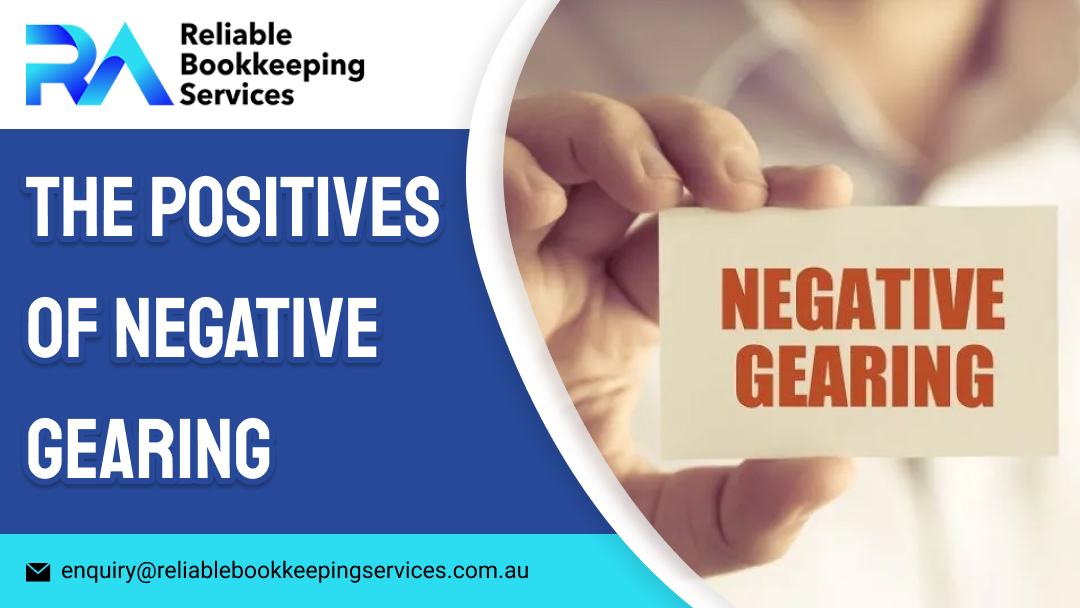Negative gearing is a strategy for creating short- to medium-term tax losses (due to larger tax-deductible costs than investment income) and leveraging this to enhance exposure to prospective profits and losses.
This method is popular because the resulting tax losses can often be used to offset an investor’s other taxable income, resulting in lower annual tax payment. The savings achieved may be able to help pay for the investment, at least in part.
How Does it Work?
Negative gearing reduces your tax bill by an amount equal to your effective marginal tax rate multiplied by the excess of deductible expenses over investment income – your property’s tax loss.
For example, if your property rents for $380 per week and is fully rented in the 2007/08 fiscal year, your rental revenue will be $19,760. The total of your deductible expenses for that year is $30,000, resulting in a net rental loss of $10,240.
If your net taxable income for the year is $75,000 (minus the rental loss), the negative gearing advantage from your rental loss is $10,240 x 30% (the marginal tax rate), or $3,072.
In other words, the tax savings from negative gearing will help offset, but not always surpass, investment costs.
What Can You Claim?
You can claim a tax deduction under current Australian income tax rules to the extent that any cost you spend is properly related to your investment property. Non-cash expenses, such as depreciation, can also be deducted in most cases.
The following are some frequent tax deductions for rental income:
- Body Corporate Fees
- Borrowing Costs
- Interest
- Depreciation on Assets
- Property Inspections
- Council Rates and Water Fees
- Building Construction Cost Write-Off in Various Situations
- Insurance
- Repairs and Maintenance
Turning Negative into Positive
It is vital to remember that taxable income may begin to exceed tax deductions over time, and your property may no longer be negatively geared.
The following are some of the scenarios when this can happen:
- Earning higher rents
- Fully depreciated assets, particularly if deductions are bigger in the first years of an asset’s use under the decreasing value approach
- Loan principle repayments result to lower interest expenses on principal and interest loans over time
How Does Depreciation Fit in?
If you use the depreciation and building write-off allowances in Divisions 40 and 43 of the Income Tax Assessment Act 1936, you may be able to get a negative gearing advantage without having to spend any money in a given financial year.
Although many individuals are familiar with conventional Division 40 plant and equipment depreciation, fewer are aware of the benefits of the Division 43 building write-off. This allowance allows you to deduct the non-reducing construction costs of your property at a rate of 2.5 percent every year (or 4 percent in some situations).
These deductions may result in a cash-flow positive investment that is also negatively geared, depending on the circumstances.
Who Should Own the Property?
In the case of a jointly-held investment, such as a husband and wife partnership, it may be preferable if the couple’s higher-earning spouse has a larger ownership stake.
Because the extent of the negative gearing benefit is determined by the marginal tax rate of the person in whose name the rental loss is realised, a higher marginal tax rate will result in a larger benefit.
The trade-off is once again realised when the property is sold, with the higher-earning taxpayer receiving a larger taxed capital gain than the lower-earning taxpayer.
What if I Own Property Overseas?
In general, you can negatively gear an overseas investment, but you should be aware that specific expenses that could contribute to rental losses are restricted.
If you want to use this method on property outside of Australia, you should seek suitable tax advice.
Do I Have to Wait Until 30 June to Access My Tax Benefits?
You may be eligible for an Income Tax Withholding Variation from the Australian Taxation Office, depending on your circumstances.
This change reduces the amount of tax deducted from your wage on a regular basis. It is determined by your expected investment loss for the year in which the change is made.
If authorised, the estimated negative gearing advantage per payment period will boost your take-home pay.

